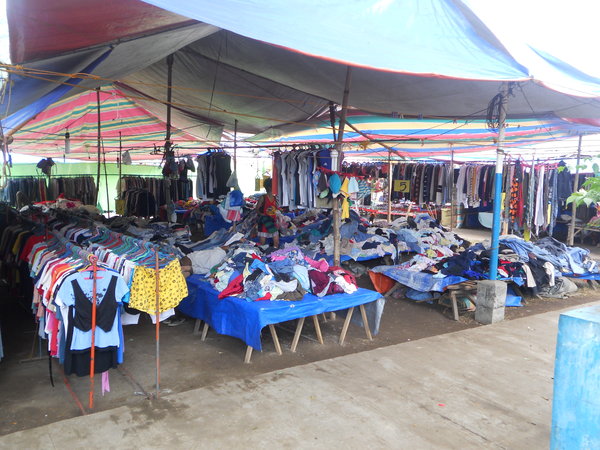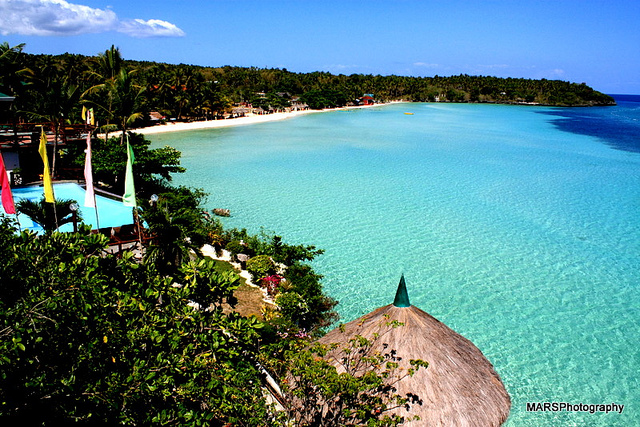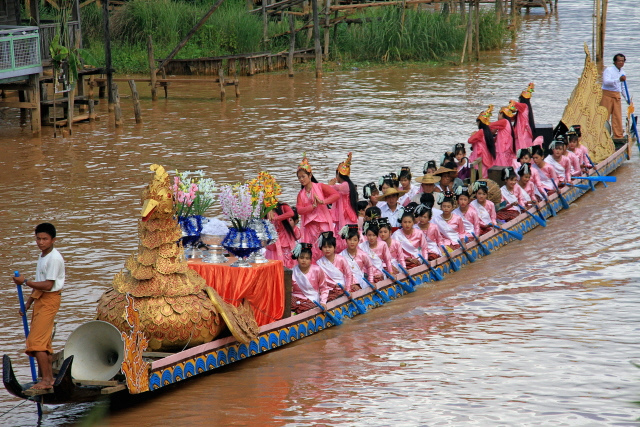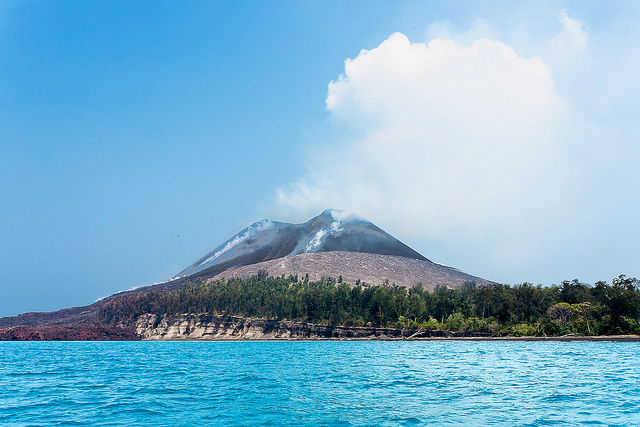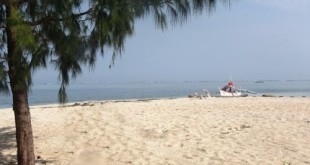It was April 9, 1942. To overrun the Southwest Pacific, Japan had to capture the Philippines so they can establish their own naval base in Manila Bay and launch their attacks to Australia and the Pacific Basin. The Japanese were denied entry by Filipino and American servicemen who defended, for months, the mouth of Manila Bay at Bataan and nearby Corregidor. Although the latter eventually surrendered on that day, the conquest of the Philippines took longer than expected, and allowed the Allied forces to regroup after the devastation of Pearl Harbor.
Wreath-laying Ceremony at the Shrine of Valor in Mt. Samat, Bataan
Every year, on April 9, the gallantry of Filipino and American soldiers is remembered as Araw ng Kagitingan, a national holiday. American soldiers who survived the Fall of Bataan and the ensuing Death March came to know the day as The Day of Valor.

The main ceremonies are held in Bataan. The president of the Philippines presides over the wreath-laying ritual at the Dambana ng Kagitingan (Shrine of Valor). Surviving war veterans and relatives of those who perished in the Battle of Bataan attend the ceremony along with the ambassadors of the United States and Japan.
Leading to the day of the Araw ng Kagitingan, wreath-laying ceremonies are also held in the nearby island of Corregidor. This volcanic outcrop of an island known as The Rock fell into the hands of the Japanese a month after the Fall of Bataan.
Parade of Colors in Fort Bonifacio, Taguig City
In Manila, a sunrise ceremony is led by the Philippine Armed Forces at the Libingan ng mga Bayani (Heroes’ Tomb). At 6AM, wreaths and prayers are offered to those who fell in Bataan and World War II. Then, the officers of the Philippine Armed Forces, surviving veterans, and families of the fallen proceed to the parade grounds to witness the Testimonial Review of the Troops. Able-bodied veterans are carried by 10 albino water buffalos (traditional military parade vehicles) as they review the formation of troops participated by contingents from the Philippine Army, Navy and Air Force.
Bataan Death March Memorial Ceremonies in Capas, Tarlac
After 76,000 Filipino and American soldiers who defended Bataan were surrendered by their Allied commanders, they were forcibly transferred on April 9, 1942 from the southern end of the Bataan peninsula to a Japanese-held American fort in Capas, Tarlac. This transfer of prisoners of war came to be known as the Bataan Death March.
To educate younger generations of the atrocities that Filipino soldiers suffered at the hands of their Japanese captors, commemoration ceremonies are held in Capas National Shrine, where surviving war veterans and their families offer flowers and prayers to those who died along the 80-mile march and in the internment camp marked by the shrine.
21 Gun Salute for War Veterans in Cebu
In Cebu, the regional hub of Central Philippines, the fallen war veterans are honored with a sunrise mass and wreath-laying in Mandaue. The surviving ones attend the 21 gun salute ceremony held at the Plaza Independencia (Independence Square) in the city proper.
Flags at Half-Mast and Business as Usual for the Rest of the Filipinos
Flags are flown half-mast after the usual flower and prayer offerings to the war veterans by civil servants. Government offices and schools are closed on this day, but commercial establishments remain business as usual on Araw ng Kagitingan 2013.
Next year, the day falls on a Tuesday, but may be moved to Monday if proclaimed by the Office of the President.
Photos by Atty. Guevarra and Governor Abercrombie
